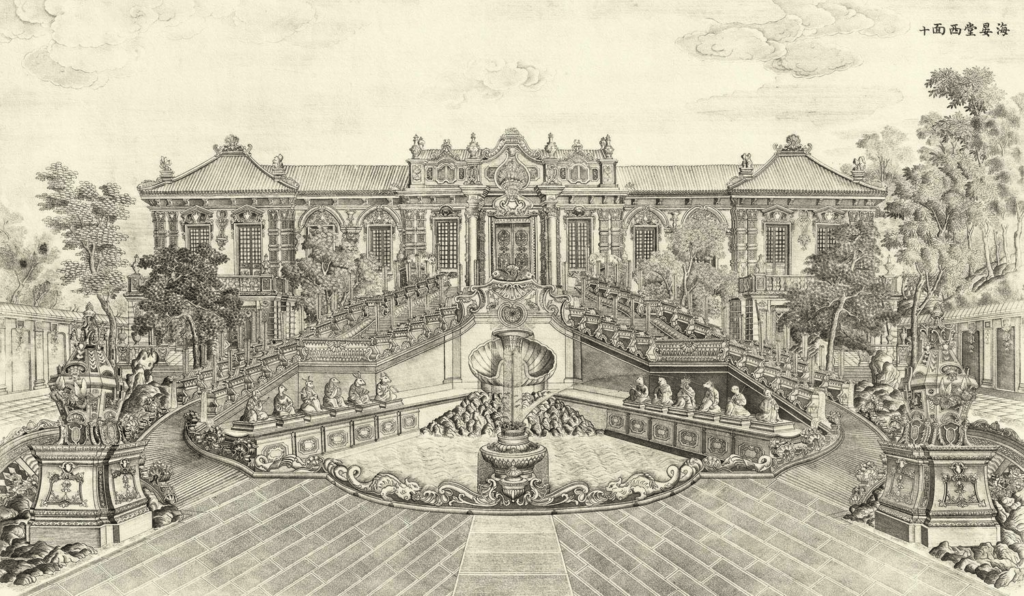This past week we learned about buildings-how they are structured, the architecture of those buildings as well as the decorations. For class on Tuesday, I chose to read Chapter 4, which wrote about the details of houses in China. It was very interesting to read about this, especially about how they did not use locks on their doors because someone was always at home, so there was always a sense of security. There also did not seem to be as much of a separation of society from private life as there is today, because they rarely closed their doors, and only had shutters for windows, which would only close for the rain. They would keep these doors and windows open to gain sunlight. The details on someone’s home also defined the wealthy status of the family. For example, a richer family will use shutters on their windows, while poorer families would use rods of metal or wood for security, making the windows of their home almost look like a jail cell. Interior decoration also reflected the wealth of a family. I found it very interesting but reasonable that the last thing families would focus on for their homes is decoration. They would make sure the house is built properly and have the different furniture items that were a necessity, before deciding if they would have decorations or paint on the doors/windows, or if the windows were carved of stone or glass with symbolic shapes. Chinese architecture has a very defined detail and structure to it, showing its specialties and separation from other cultures.

On Thursday, we talked about the Old Summer Palace (or the Yuanmingyuan garden), which was established during the Qing dynasty as a location for emperors to go to as a place to relax and get away from their duties. It was like a second home to them. In the readings, we looked at different photos that saw the establishment of the Palace, including the green area, the architecture, and the layout of the overall area. The gardens were constructed in a very specific way to fully display its beauty, but also was established in the way that the emperors would be pleased. Unfortunately, during the Second Opium War, the Old Summer Palace was destroyed by British and French troops. In class, we were given an assignment to pretend to be tour guides who would show visitors what is left of the Old Summer Palace and the history of it. It was important to think about how people can react when it is stated that the British were the ones that destroyed the palace, especially if they are in strong support of the British. In my opinion, the facts are the facts that need to be shared no matter what your thoughts are about the establishment. I think it is very special that some of this palace is still standing today, and there is a part of history that can still be seen with all of its beauty. If I worked for the emperor, I would be super jealous but also very willing to work for him if it meant I could work in an area such as these beautiful gardens. Especially in this day and age, people take so much nature for granted and do not appreciate all of its beauty, so it is really really cool to have a place still standing like this that shows how historical figures in the past appreciated nature and supported it in their daily lives. Nature brings a person so much peace, and I think the Old Summer Palace is a prime example of that, aside from the attacks from the British.
Knapp, Ronald G. China’s Vernacular Architecture: House Form and Culture. Honolulu: University of Hawaii Press, 1989.
Hernandez, Marco. “The Dougong“. South China Morning Post. June 11, 2018
Li, Lilian M. “The Garden of Perfect Brightness.” MIT Visualizing Cultures, 2012.
Dillon, Michael. China: A Modern History. London: I.B. Tauris, 2010.